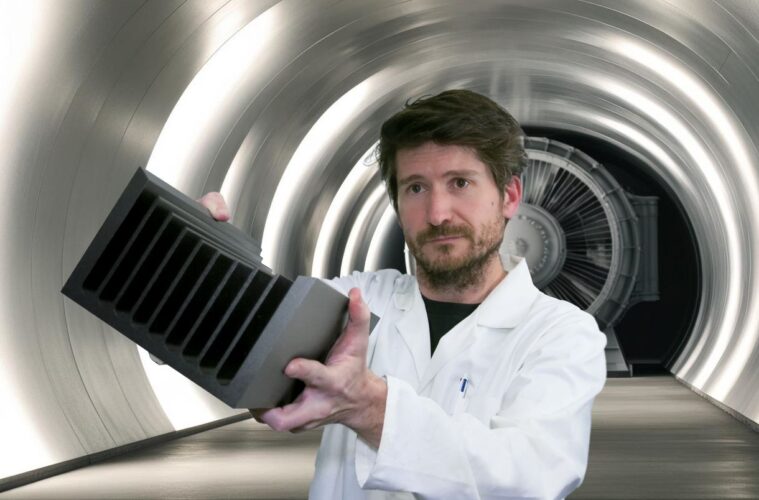Having proved itself in the new prophecy series, PMC’s LaminairX technology has been tested “beyond endurance” in a state-of-the-art facility to measure its effectiveness in extreme transonic velocity airflow situations.
The results challenge what was previously understood about the dynamics of laminar airflow and its potential to reduce the effects of sonic booms at speeds above the troublesome Mach 1 barrier.
PMC’s objective was to test LaminairX’s response in extreme transonic air velocities, having seen just how effective it is with the high-pressure low-frequency (HPLF) output of the proprietary Advanced Transmission Line (ATL) used in the company’s loudspeakers.
Over a period of 19 weeks, the PMC R&D team has been working out of the Heissluft Institute using its newly completed Hochgeschwindigkeitswindkanal wind tunnel to push LaminairX to the limits.
Situated in Berkshire, in a secure underground facility, which is seismically isolated to minimise any unwanted wind-induced dynamic responses, the Heissluft Hochgeschwindigkeitswindkanal wind tunnel is second only to the National Full-Scale Aerodynamics Complex operated by NASA in Sillycon Valley, Calif.
It is a cryogenic wind tunnel (CWT) that produces real-world Reynolds numbers – a result of increased pressure and decreased temperature – and can generate air flow that measures supersonic effects on any high-speed object.
When LaminairX’s validity was tested at speeds just in excess of the speed of sound, the results said to be “beyond the team’s wildest expectations”. What astonished the PMC team, and the experts at Heissluft’s Hochgeschwindigkeitswindkanal, was the lack of a sonic boom – something previously thought impossible.
Using an Ultrasonic Piezoelectric Nebuliser (UPN) to create an embedded Tracer Particle Fog (TPF) and Particle Image Velocimetry (PIV) analysis, it was confirmed that the effect was solely down to the design of the extra-long fins (ELF) employed in the new LaminairX extrusion.
The project was driven by Co-CEO and head of design Oliver Thomas, who previously worked in Formula 1 aerodynamics and was responsible for developing the original Laminair for PMC’s flagship studio monitors, the QB1 XBD.
Thomas says “We’re always pushing the boundaries at PMC and laughing in the face of the impossible, and it has been a huge honour to head up this project that will benefit not only the audio industry but has also seen interest from aerospace and luxury yacht manufacturers. We will be sharing our findings in an open white paper to be published in the scientific journal Fluid & Solids Handling Magazine in the hope that the knowledge we have accrued will drive meaningful change and see a Nobel prize for physics drops onto the mat.”


